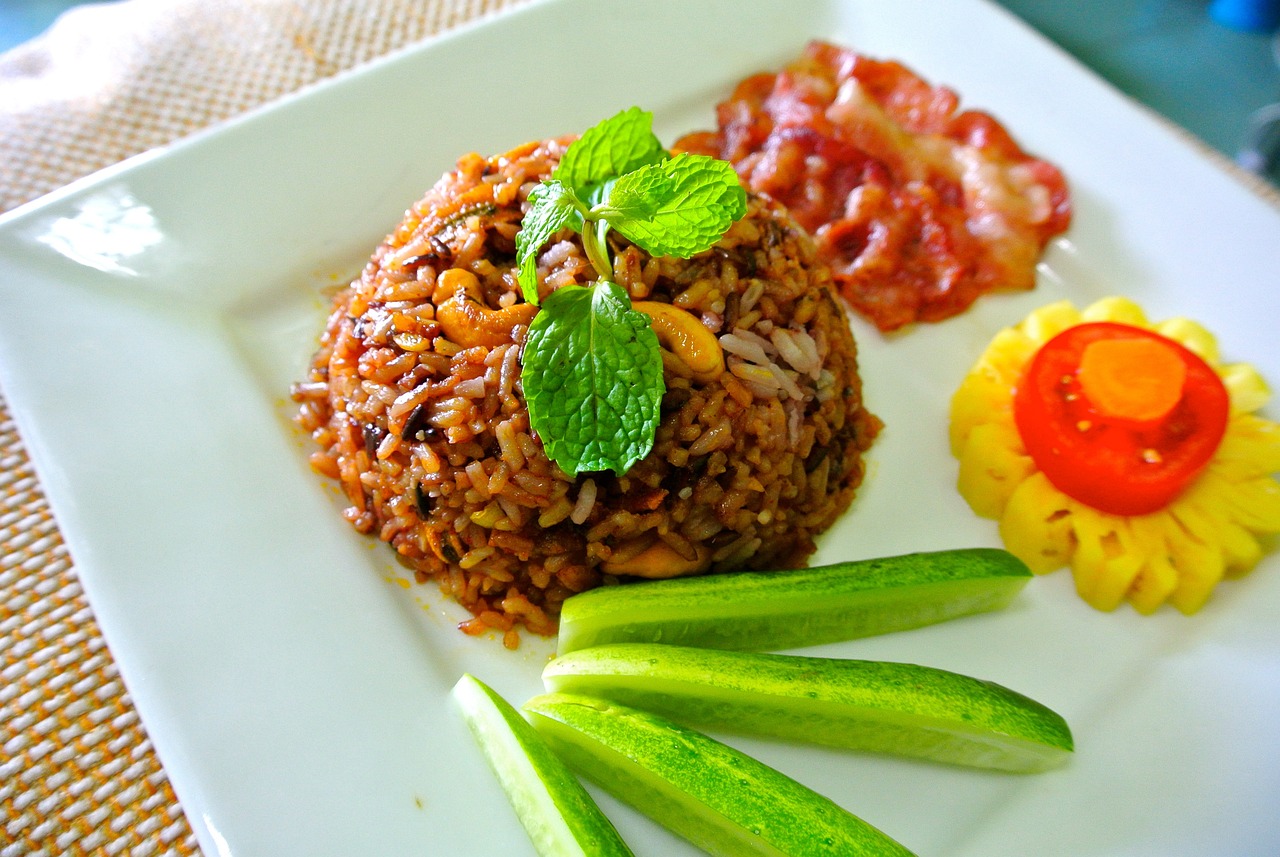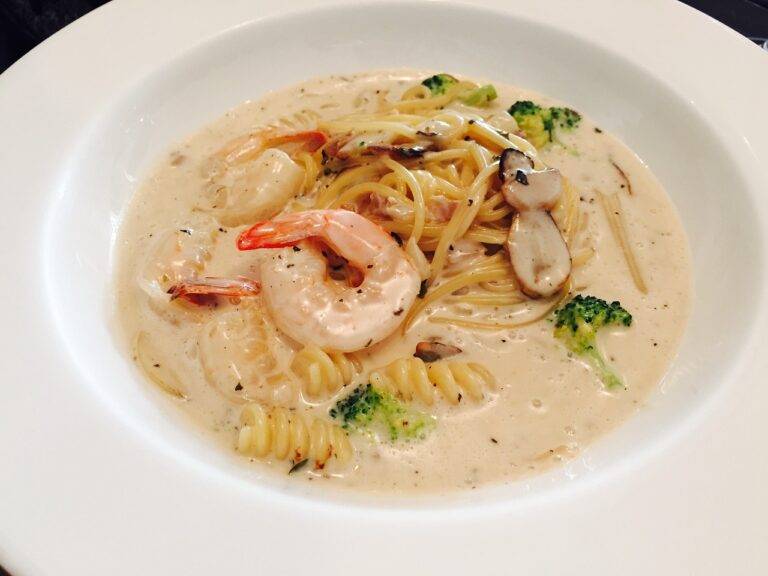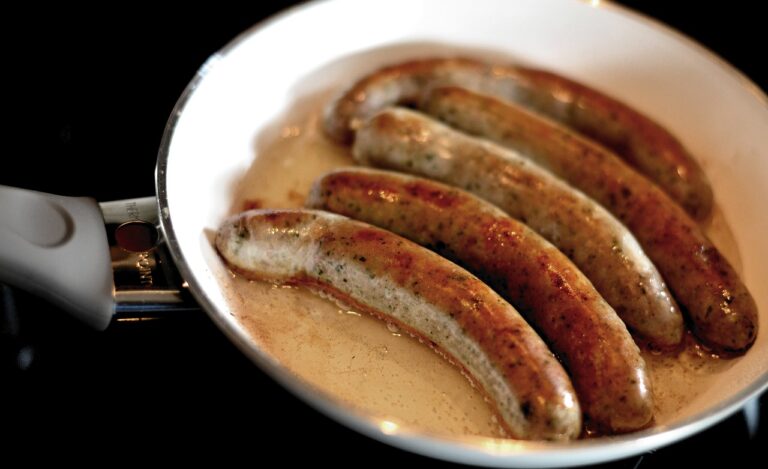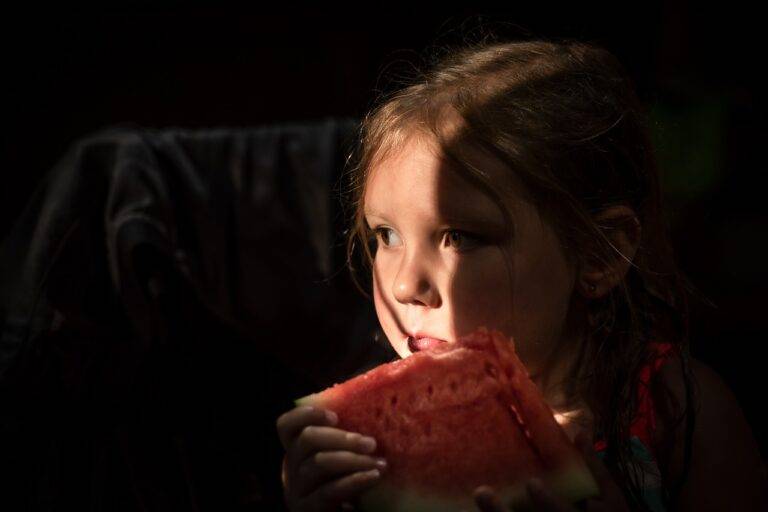Cooking Techniques: Traditional vs. Modern
When it comes to cooking, there are two main schools of thought: traditional cooking techniques passed down through generations, and modern cooking techniques that leverage technology and innovation. Each approach has its own merits and drawbacks, and understanding the differences between them can help you become a more versatile and skilled cook. In this article, we will explore the key differences between traditional and modern cooking techniques, their respective benefits, and how you can incorporate them into your own culinary repertoire.
Traditional Cooking Techniques
Traditional cooking techniques have stood the test of time and have been used by home cooks and professional chefs for centuries. These techniques are often rooted in cultural traditions and emphasize slow cooking methods that allow flavors to develop over time. Some common traditional cooking techniques include braising, stewing, roasting, and grilling.
Braising
Braising is a classic cooking technique that involves searing meat or vegetables in a hot pan and then slow-cooking them in a flavorful liquid, such as broth or wine. This method helps tenderize tough cuts of meat and infuse them with rich, deep flavors.
Stewing
Stewing is similar to braising but involves cooking ingredients in a liquid for a longer period of time. This technique is perfect for creating hearty stews and soups that are packed with flavor and nutrients.
Roasting
Roasting is a dry-heat cooking method that involves cooking food in an oven at high temperatures. This technique is ideal for meats, poultry, and vegetables, as it helps caramelize the outside of the food while locking in moisture and flavor.
Grilling
Grilling is a popular cooking technique that involves cooking food over an open flame or hot coals. This method imparts a smoky flavor to the food and creates a charred exterior that adds depth and complexity to the dish.
Modern Cooking Techniques
Modern cooking techniques are characterized by their use of innovative tools and technologies to streamline the cooking process and create new and exciting dishes. These techniques often involve precise temperature control, molecular gastronomy, and sous vide cooking.
Precision Cooking
Precision cooking techniques, such as sous vide, involve cooking food at a precise and consistent temperature for an extended period of time. This method helps ensure that food is cooked evenly and retains its moisture and flavor.
Molecular Gastronomy
Molecular gastronomy is a cutting-edge approach to cooking that focuses on the science behind food and flavor. This technique often involves using substances like liquid nitrogen and agar to create unique textures and presentations.
Sous Vide Cooking
Sous vide cooking is a method that involves vacuum-sealing food in a plastic pouch and cooking it in a water bath at a low and consistent temperature. This technique helps retain the natural juices and flavors of the food while ensuring that it is cooked to the perfect doneness.
FAQs
Q: What are the benefits of traditional cooking techniques?
A: Traditional cooking techniques often result in food that is rich in flavor and nutrients, as the slow cooking process allows flavors to develop over time. These techniques also help tenderize tough cuts of meat and create hearty, comforting dishes.
Q: Why should I incorporate modern cooking techniques into my cooking repertoire?
A: Modern cooking techniques can help you expand your culinary skills and create innovative dishes that push the boundaries of traditional cooking. These techniques also allow for more precise control over cooking temperatures and times, resulting in consistently delicious results.
Q: Can I combine traditional and modern cooking techniques in my recipes?
A: Absolutely! Combining traditional and modern cooking techniques can help you create dishes that are both flavorful and innovative. For example, you could braise a tough cut of meat using traditional methods and then finish it off with a quick sear using a modern cooking technique like sous vide.
By understanding the differences between traditional and modern cooking techniques, you can become a more versatile and skilled cook who is able to create a wide range of delicious dishes. Whether you prefer to stick to classic methods or experiment with cutting-edge technology, incorporating a mix of both approaches into your cooking repertoire can help you elevate your culinary creations to new heights.







